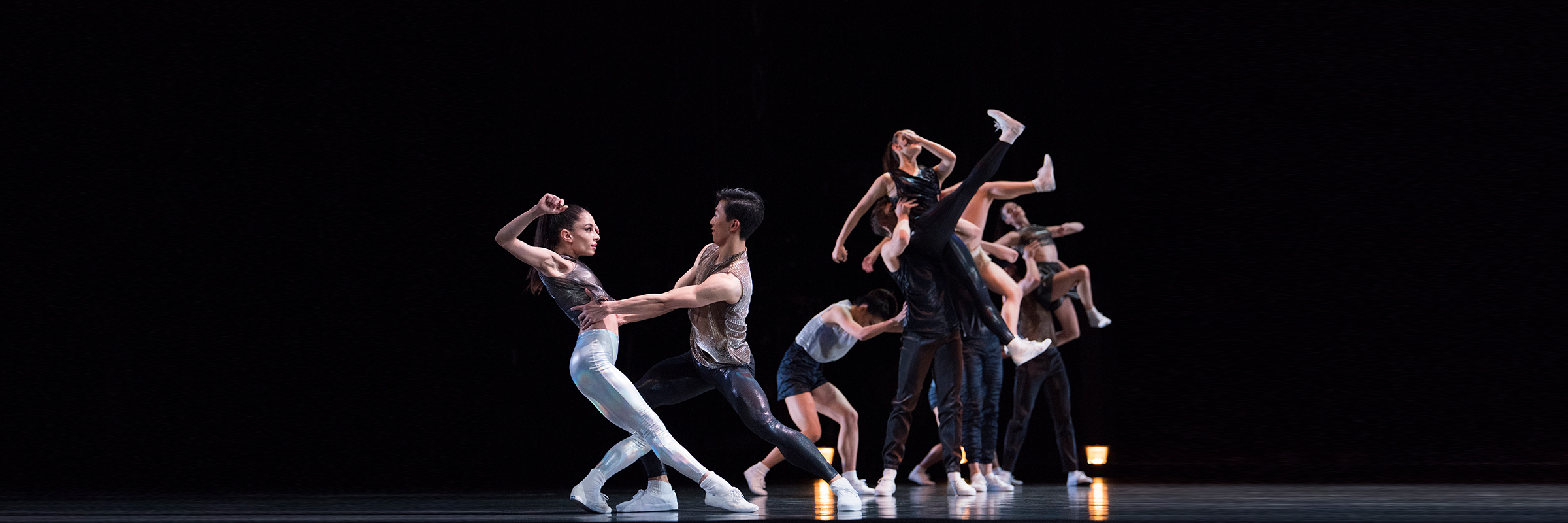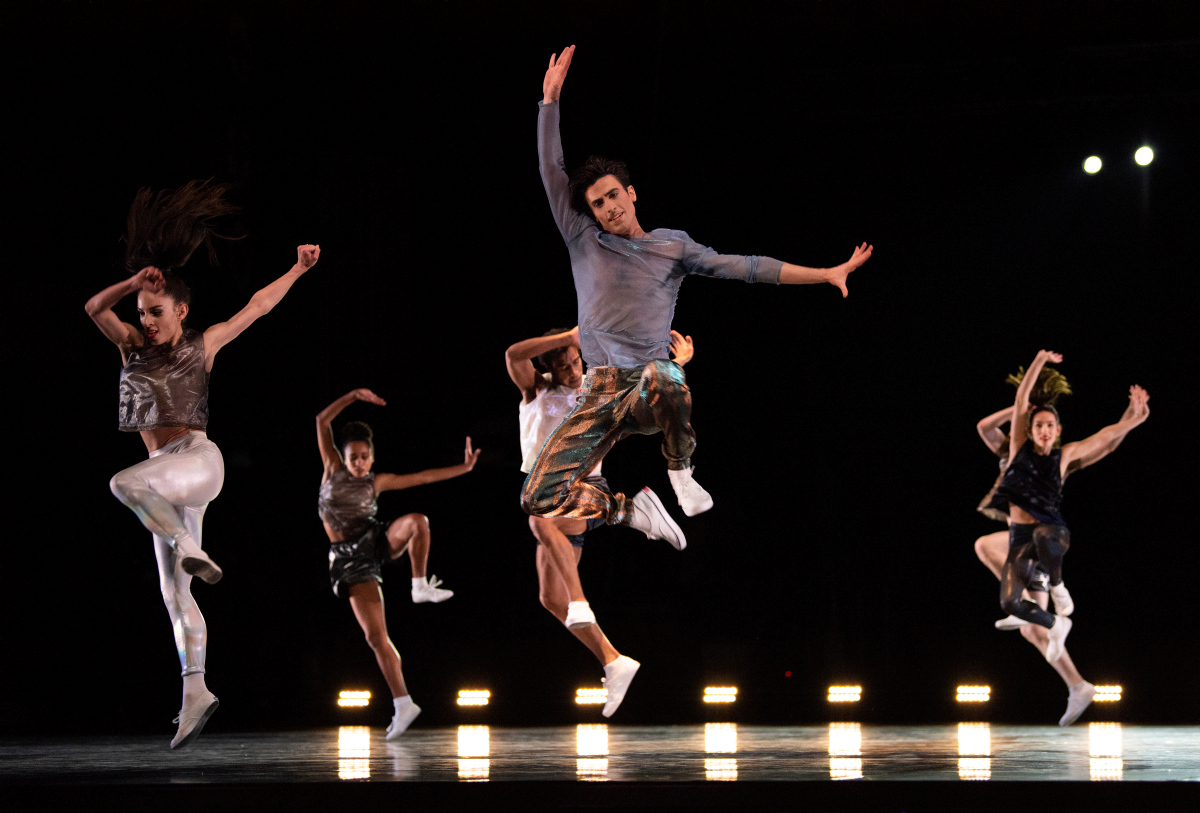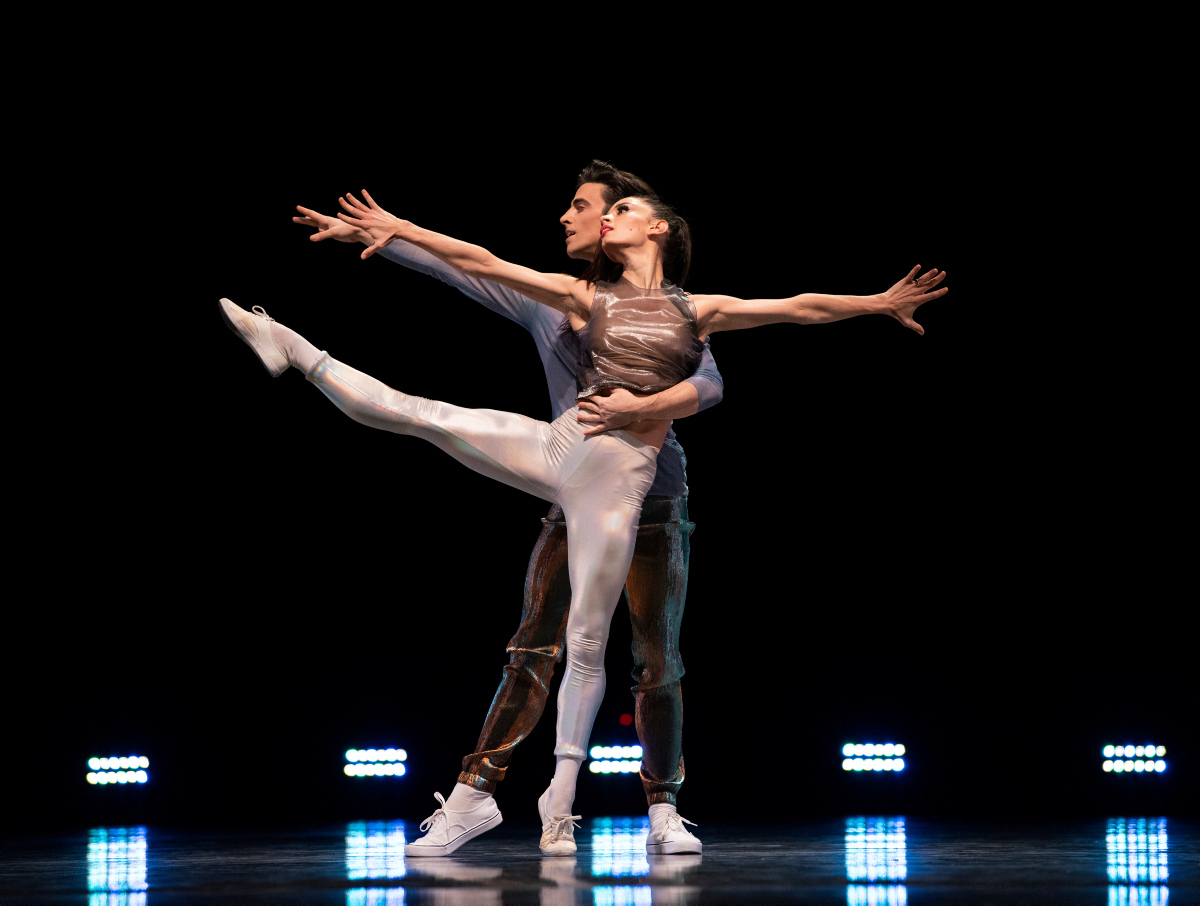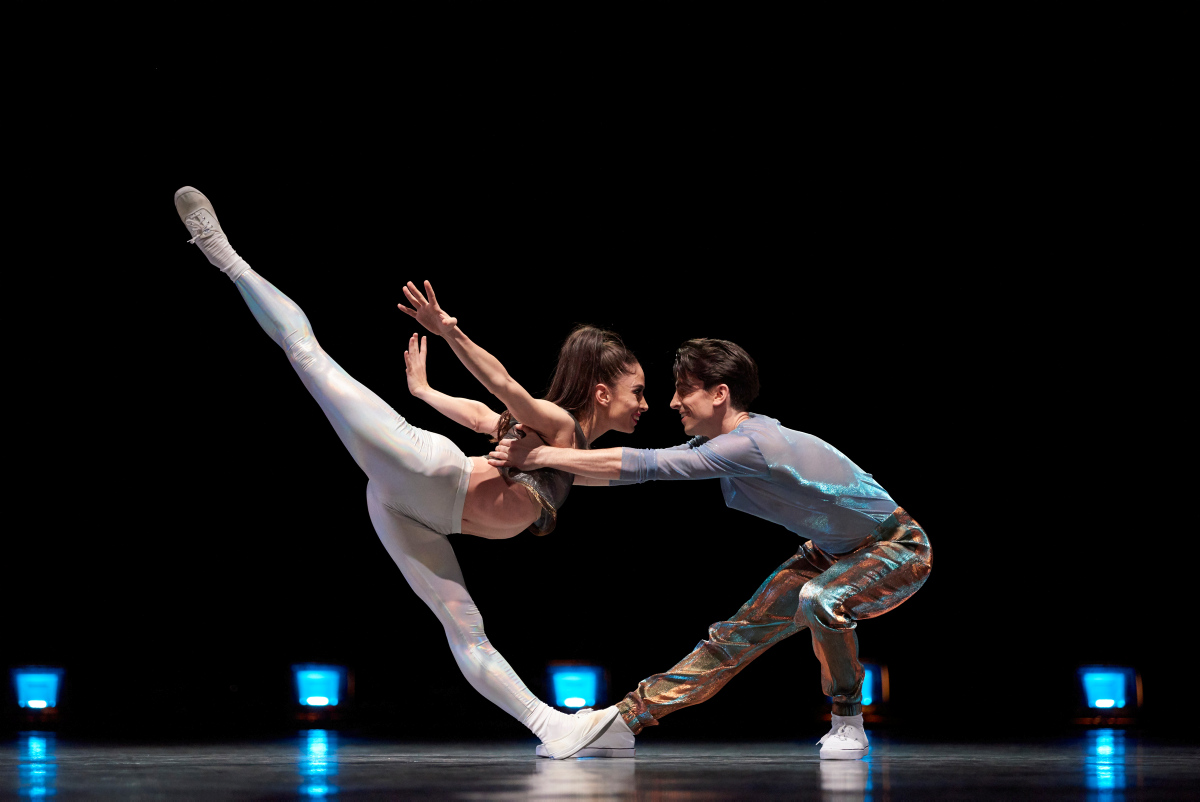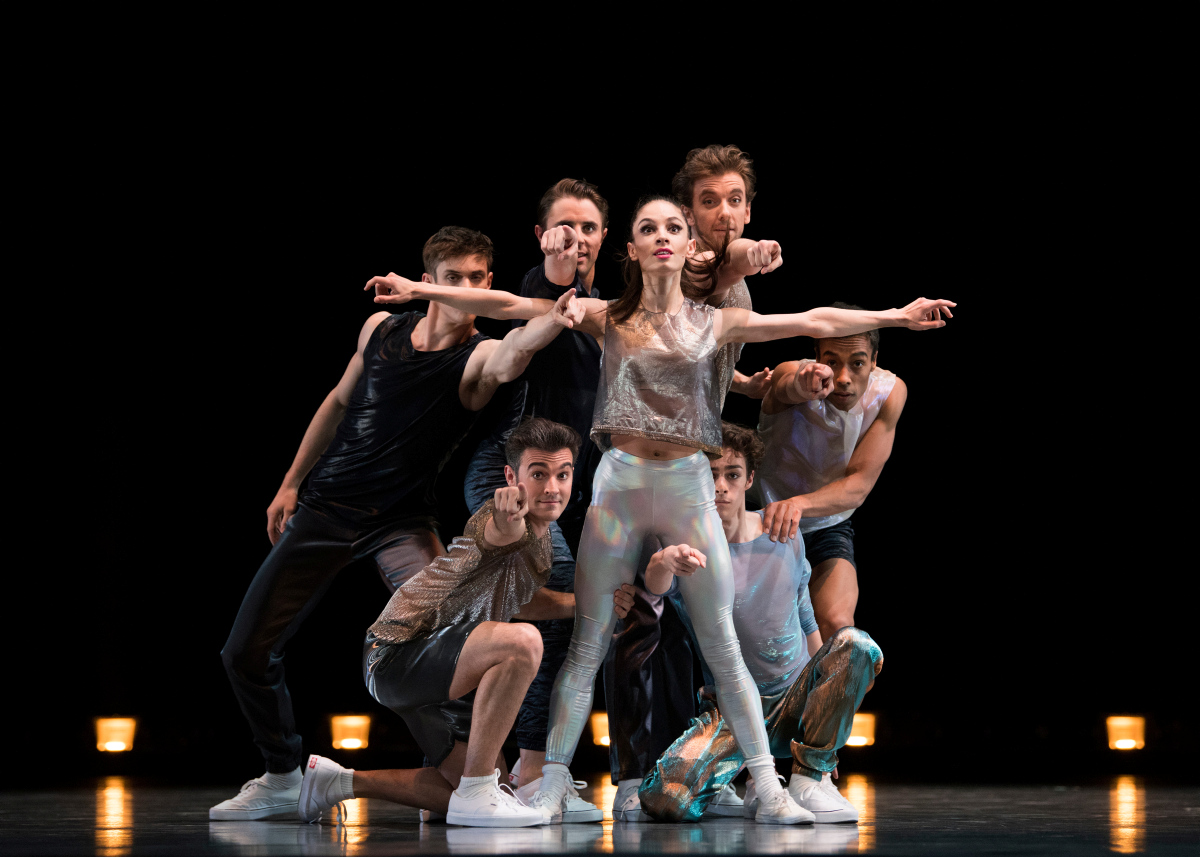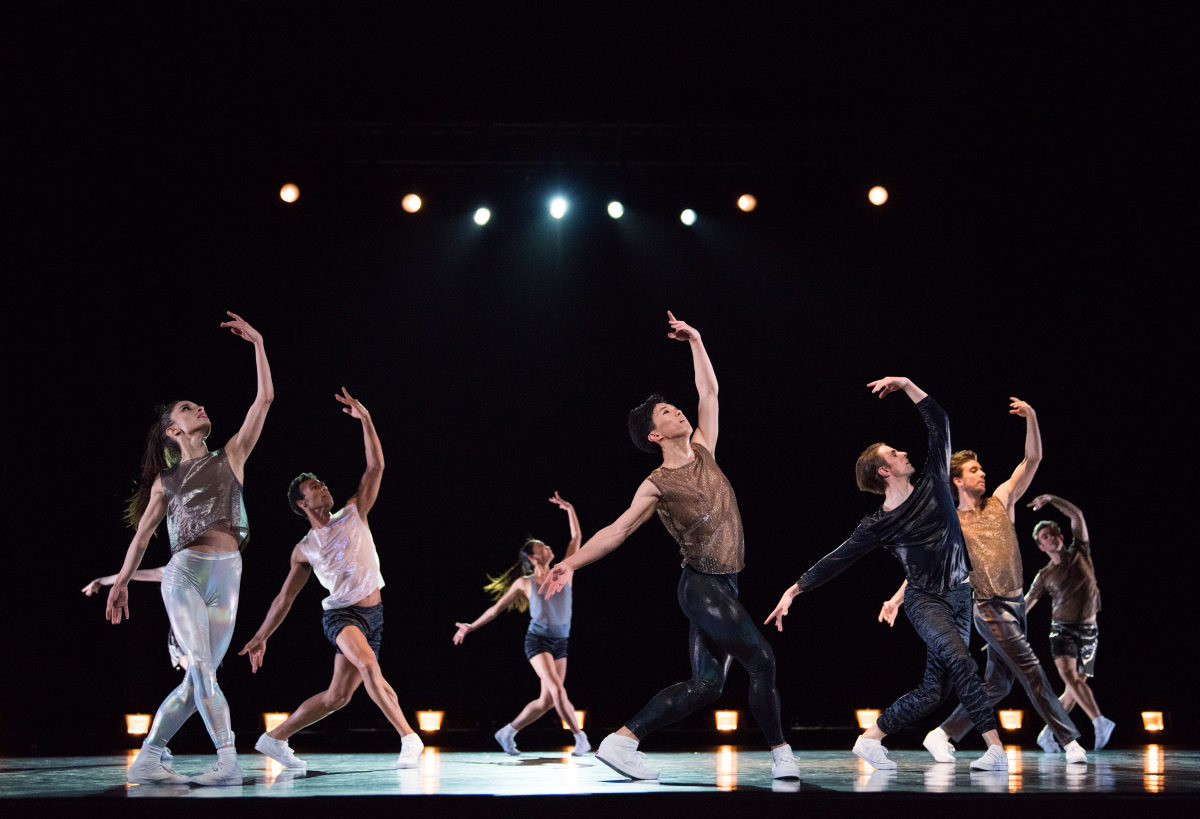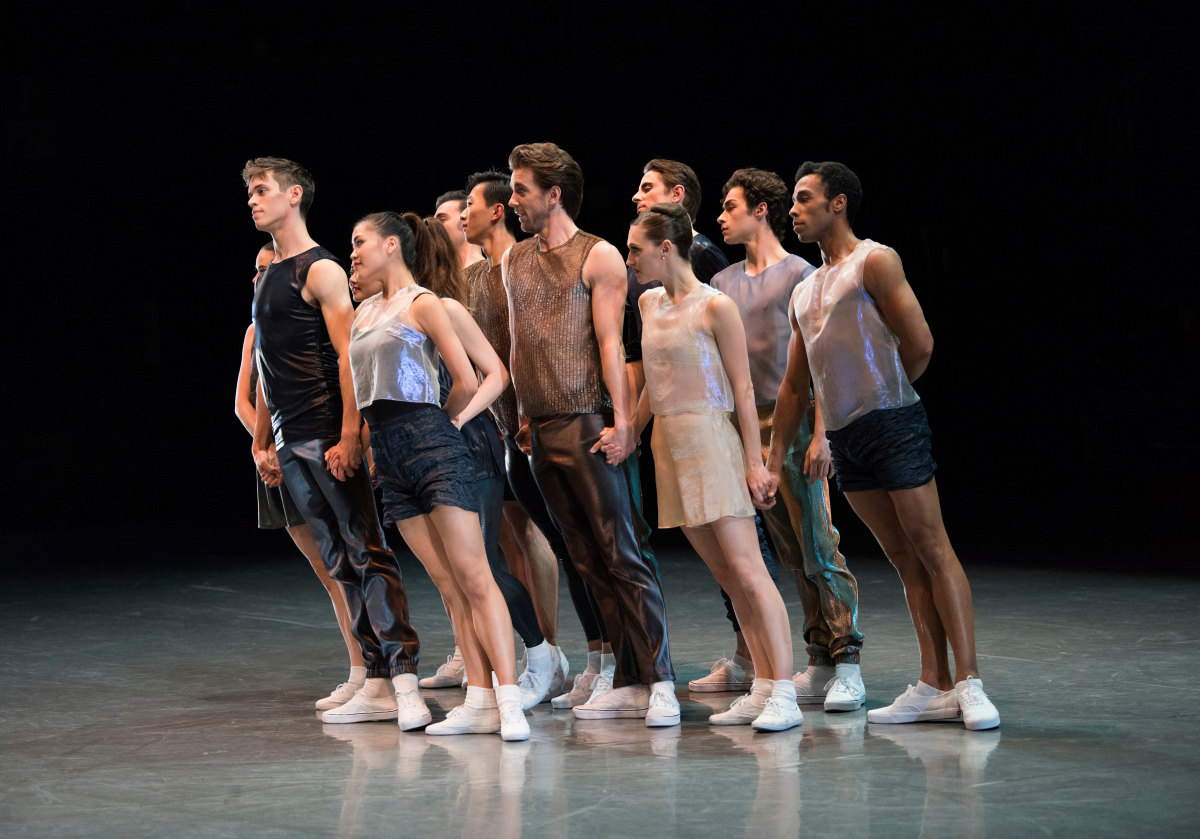About Hurry Up, We’re Dreaming
A Life Cycle of Dream States
In Hurry Up, We’re Dreaming, choreographer Justin Peck takes us on a life-cycle journey of dream states. Peck’s second work for San Francisco Ballet is set to songs by electronic band M83, that, the choreographer says, are about “how we dream as children, how we dream as young, coming-of-age adults, and how we dream as fully matured adults. I thought that would be an interesting thing to explore through dance.”
Peck links these songs, from M83’s album Hurry Up, We’re Dreaming, via a key aspect of the ballet’s structure: walking transitions that he calls the “glue that bonds the world of this ballet together.” Transitions in general are important to Peck, within choreography as well as between music movements. In this ballet, geometric shapes materialize from movement that seems random or chaotic at first. And when the dancers get where they’re going, they don’t stay long—patterns shift, disappear, reappear. The transitions serve a thematic purpose too—Peck says he wanted to create “a group of spirits or energies” and to explore “how they influence each other and connect with each other.”
There’s an expansiveness to this ballet, and it’s visible not only in the space-eating patterns—“occupy space,” Peck tells the dancers—and the shifting moods, but also in the movement quality. This is due in part to the dancers’ footwear. “Sneakers create a different posture and approach to dance,” says Peck. “It’s a different type of platform for dancers to express themselves. They relax a little bit, and the foundation is less precarious than the ballet shoe and the pointe shoe, so I think it allows them to take greater risks.” In this ballet, the dancers’ bodies seem fluid, with infinite freedom and spaciousness, as if 110-degree heat had loosened their joints.
The movement is both grounded and buoyant, the result of that looseness. And there’s at least one fluid, jazzy moment when you could mentally swap in Fred Astaire. Moves like these reveal Peck’s origins as a tap dancer. “I love that style,” he says. “There’s definitely a quickness and a lightness and a meticulous timing to some of the movement [in this ballet] that’s inspired by the dancing of Fred Astaire and Gene Kelly, and tap and soft shoe. I think that early training in tap dance really influenced my musicality as a choreographer.
Along with the style, there’s a feeling of unabated joy, of “Hey, I can do that.” In the big ensemble section where the “Fred Astaire” movement happens, Principal Dancer Joseph Walsh bounds in, his movements exuberant, fast, athletic. He joins the men, first one, then another, copying them move for move with a smile that tell us this imitation is a game. The moment echoes an earlier section set to “Raconte-moi une histoire,” which includes a child’s voice. Dancers congregate and disperse, seemingly at a playground, displaying both the abandon of childhood and a pronounced sense of community.
Community is a recurring theme in Peck’s work, and as large as it looms in this ballet, it’s secondary to what Peck calls “the real heart”— the two duets. “I was exploring the range of human relationships, trying to expose certain complexities that we experience when we interact, especially in intimate ways,” he says. Each duet has discrete choreography, but even more important is the body language. In “Wait,” created on Principal Dancers Sarah Van Patten and Luke Ingham, “if you look closely, Sarah hardly ever looks at or acknowledges Luke,” says Peck. Their movement is dreamy, buoyant, floaty, punctuated by sharpness. A simple yet beautiful moment illustrates their disconnect— she pivots and he circles backward with her, matching her open arms without touching her. In contrast, in “Splendor,” created on Walsh and Principal Dancer Dores André, “they’re interacting with each other in a much more symbiotic and balanced way,” Peck says. They circle, fold, spring, separate to move in unison, then reunite.
Although Peck is an in-demand choreographer, “the few days leading up to the first day, I’m incredibly anxious,” he says. But this time, “once we got into the studio and started working, it just sort of flowed.” Think of Astaire’s ease, his energized fluidity, and you’ll know exactly what Peck means.
ABOUT JUSTIN PECK
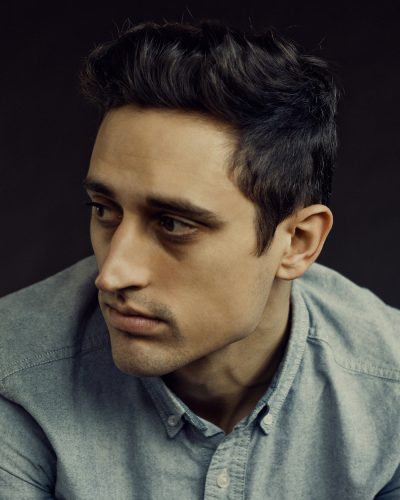
Choreographer
Justin Peck is Resident Choreographer and a Soloist Dancer with New York City Ballet (NYCB). Peck joined NYCB in 2006 and was promoted to Soloist in 2013. He began choreographing in 2009 at the New York Choreographic Institute. In 2014, after the creation of Everywhere We Go, Peck was appointed Resident Choreographer of NYCB. He has created more than 30 ballets, which have been performed by Paris Opera Ballet, San Francisco Ballet, Miami City Ballet, Pacific Northwest Ballet, LA Dance Project, Dutch National Ballet, The Joffrey Ballet, Houston Ballet, and Pennsylvania Ballet. In 2014, Peck was the subject of the documentary Ballet 422, which followed him as he created Paz de la Jolla, NYCB’s 422nd original dance. Peck choreographed the 2018 Broadway revival of Carousel, for which he was awarded the 2018 Tony Award for Best Choreography. In addition, Peck choreographed the feature film Red Sparrow, and will be creating new choreography for the upcoming film remake of West Side Story, directed by Steven Spielberg. His Rodeo: Four Dance Episodes won the Bessie Award for Outstanding Production in 2015. Hurry Up, We’re Dreaming from the 2018 Unbound festival was Peck’s second work created for SF Ballet; his first was In the Countenance of Kings.
by Cheryl A. Ossola
Header Image: Dores André and Wei Wang in Peck’s Hurry Up, We’re Dreaming // © Erik Tomasson



